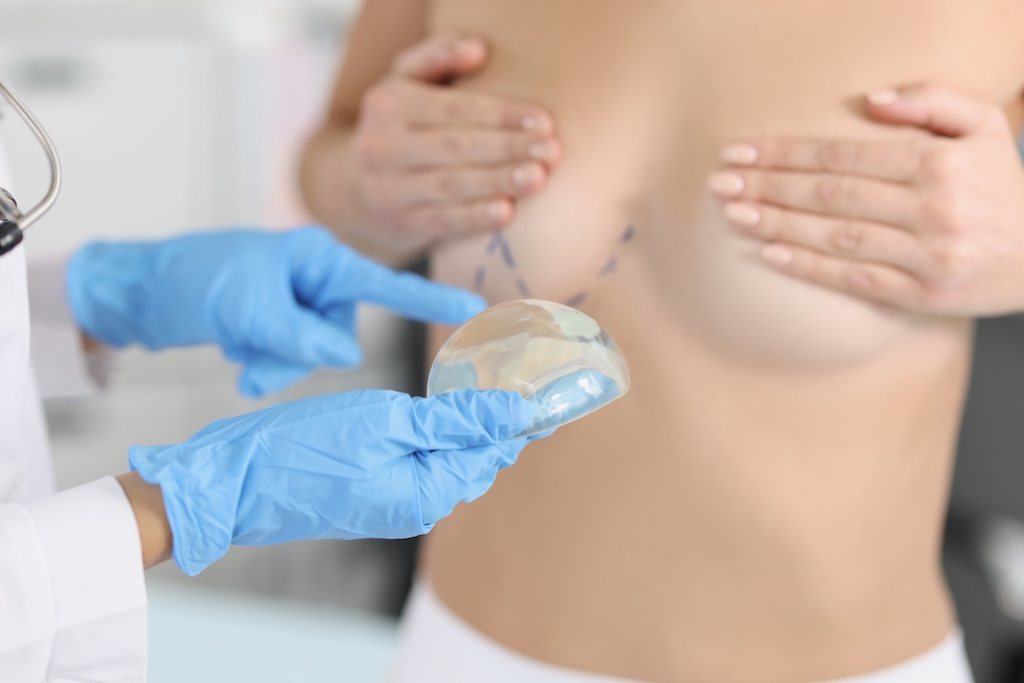 Photo Credit: Shutterstock
Photo Credit: Shutterstock
Breast augmentation techniques have undergone remarkable transformations in the 2020s, distinguishing them from the procedures performed in the 90s, 2000s, and 2010s. These advancements have brought about notable changes in various aspects of the procedure, including the technique itself, the final outcome, and even the style of implants utilized. Haute Beauty expert Dr. Ira Savetsky shares the key differences that set apart breast augmentations over the past decades.
Implant Materials
In the 90s, saline implants were commonly used, but silicone implants have become more popular in recent years. Silicone implants provide a more natural look and feel compared to saline implants. Additionally, gummy bear implants, which have a firmer gel, were introduced in the 2010s, offering another option for patients.
Implant Size
There has been a shift towards smaller breast implants in recent years. Many women now prefer a more natural-looking outcome, and smaller implants can help achieve that aesthetic.
Fat Transfer to the Breasts
The popularity of fat transfer to the breasts, also known as autologous fat grafting, has been on the rise since the early 2000s. This technique involves transferring fat from other areas of the body to the breasts, providing a more natural-looking result. Fat transfer can be an alternative to traditional breast augmentation with implants, particularly for those seeking a subtle increase in breast size or shape enhancement.
 Photo Credit: Shutterstock
Photo Credit: Shutterstock
Incision Techniques
While periareolar incision (around the edge of the areola) was common in the 90s, many surgeons now prefer an inframammary incision (underneath the breast fold). Inframammary incisions offer better visualization during surgery and may reduce the risk of complications, such as capsular contracture.
Implant Placement
In the past, implants were often placed above the chest muscle. However, surgeons now frequently opt for submuscular placement, which provides a more natural appearance and lowers the risk of complications.
Technology and Tools
Advancements in technology have had a significant impact on breast augmentation procedures. For instance, 3D imaging can be used to simulate different implant sizes and shapes, allowing patients to have a better understanding of the expected results before undergoing surgery.
Recovery and Downtime
Thanks to improved techniques and anesthesia, the recovery period and downtime after breast augmentation have been reduced. Many patients can now return to work and normal activities within a few days of the procedure.
For more information, visit Dr. Brian A. Levine's social media:

























